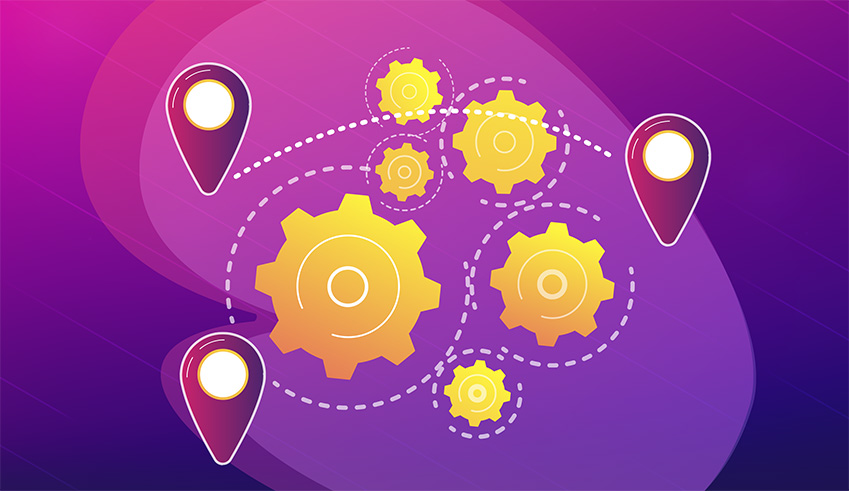
STUDENT SUCCESS
High-Dosage Tutoring vs. High-Impact Tutoring: What’s the Difference?
K–12 schools and districts are pursuing high-dosage tutoring and high-impact tutoring to close achievement gaps and mitigate post-pandemic learning loss. Learn about the goals, methodology, and expected outcomes of these interventions.
If you search for high-impact tutoring, you’ll get about nine times as many search results as appear for high-dosage tutoring. What’s the difference?
High-dosage tutoring and high-impact tutoring are two terms, often interchangeably used, for an intensive academic support intervention. Characteristics of high-dosage or high-impact tutoring include:
- High-frequency: Three or more times/week intensive intervention
- Small group: Two to four students in each consistent group
- Relational: One tutor with each small group
- Curriculum-based: High-quality instructional materials aligned with state standards
- Assessment-driven: Tailored learning based on formative and summative assessments
Two Terms, One Intervention
Why are there two names for this intensive intervention? The more established term appears to be high-dosage tutoring. The more common, of late, is high-impact tutoring. One focuses on the intervention itself, and the other focuses on its outcomes.
A brief history: High-dosage tutoring has been a highly regarded intervention for half a century. (An early study of its efficacy dates back to 1974–1975 in California.) More than a decade ago, Austin Independent School District implemented High-Dosage Tutoring in Algebra in the 2011–2012 academic year, with markedly positive results in the program’s initial three years. A 2012 Harvard study by scholars Will Dobbie and Roland G. Fryer, Jr. showed that high achieving charter schools…are far more likely to offer high-dosage tutoring.
(Note that in the study, high-dosage tutoring is defined slightly differently than above: larger small groups, more frequent meetings.)
Student assessment scores have declined precipitously in the years since the pandemic—and researchers, district leaders, and solution providers have rallied together to identify effective interventions for accelerating learning. Recent research has, understandably, characterized high-dosage tutoring based on the outcomes it generates. Since 2021, researchers have increasingly referred to the intervention as high-impact tutoring. High-impact tutoring shares the same characteristics as high-dosage tutoring, but its name speaks to the results rather than the process.
According to a report from the National Student Support Accelerator: We recognize high-impact tutoring programs as those that either have directly demonstrated significant gains in student learning through state-of-the-art research studies or have characteristics that have proven to accelerate student learning.
Through tailored programs and robust support systems, the methodology promotes academic excellence through quality interactions and informed decisions that help drive student success. The emphasis on customized approaches and strong oversight ensures that every tutoring session can be transformative and empower students to achieve their full potential.
What’s in a Name?
When school and district leaders seek out solutions to accelerate student learning, they tend to refer to this type of intensive tutoring as high-dosage tutoring and high-impact tutoring with roughly equal frequency. Whatever the name they use, these leaders tend to emphasize personalized instruction. And when students engage in high-dosage or high-impact tutoring, personalized instruction is what they get.
Ultimately, high-dosage tutoring is descriptive and focuses on the student experience. Participating learners get tutoring in intensive, high-frequency intervals. High-impact tutoring, by contrast, is aspirational and focuses on student outcomes. Both terms communicate valuable features of the program.
Which do you prefer? Will another term emerge and become popular? Tell us what you think! Reach out to us at K12team@tutor.com and share your perspective.


